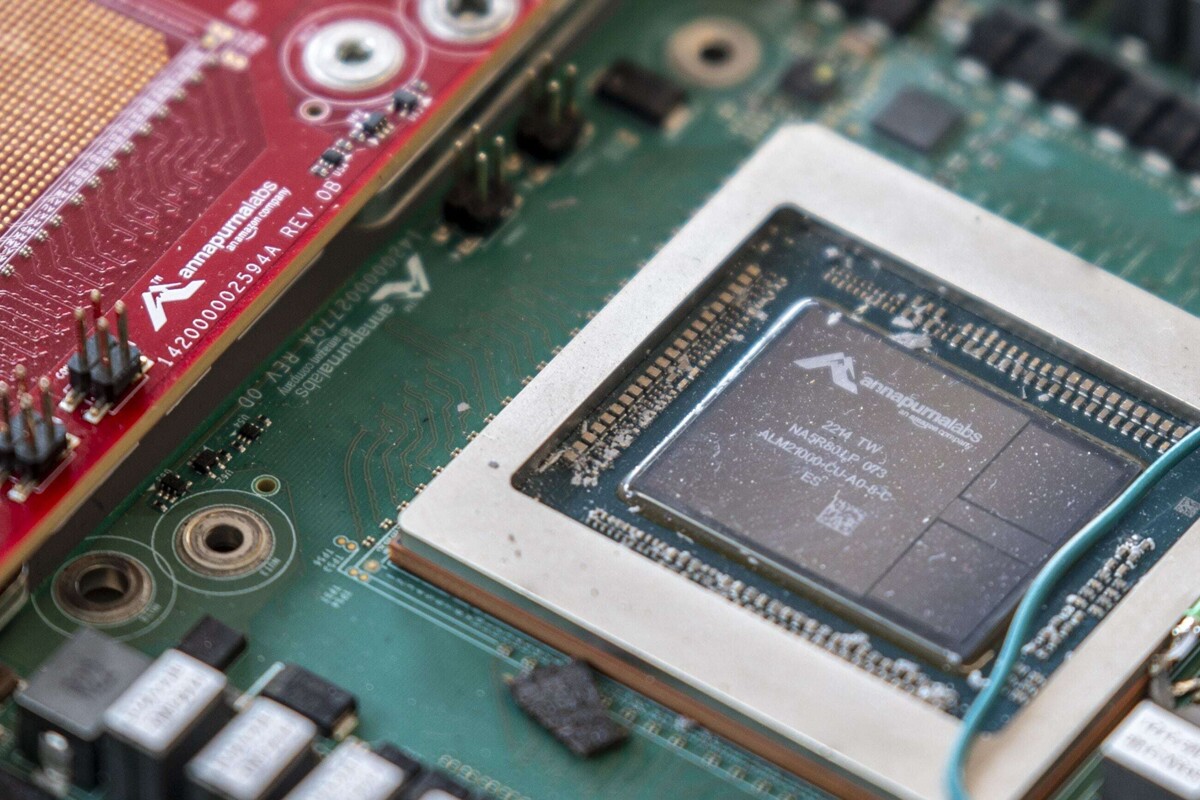
Mexico is in a complex scenario, having to maneuver between two currents to determine its digital development and intercommunication project. The country is at a crossroads of relying on technologies from two giants, amid an intensification of rivalry between the United States and China in areas such as semiconductors, artificial intelligence, 5G networks, and digital platforms. China, with companies like Alibaba and Tencent active in Mexico, has launched a digital payment system (e-CNY) to reduce dependency on the dollar, complicating the situation further.
Facing a digital war scenario, China plans to develop new applications and apply stricter regulations to foreign tech companies while promoting its own applications. For Mexico, accessing artificial intelligence and quantum computing represents a challenge, as it currently relies on OpenAI, Google, and Microsoft. It will be obliged to closely follow China's advances in these fields, as well as in quantum computing and cybersecurity.
The United States has taken the lead by prohibiting the sale of advanced AI chips to China in 2022 and blocking applications like TikTok and WeChat on national security grounds. China, on its part, has invested in its semiconductor industry. Huawei has found solutions to counteract U.S. bans, such as developing its operating system HarmonyOS and advancements in telecommunications.
The debate among the powers is intensifying in key sectors such as semiconductors and chips, where Mexico must develop a strategy. The struggle for hegemony between the United States and China in technologies like artificial intelligence, semiconductors, and telecommunications has the backdrop of both parties seeking technological self-sufficiency. Companies like TSMC and ASML have been pressured not to sell key technology to China, indicating a conflictual landscape in the development of new technologies.
Chips, key components of modern electronics, are a central point in this technological dispute. Mexico needs to address this challenge comprehensively to maintain competitiveness in the country, in an environment where innovation and reducing mutual dependency will be determining factors for the future of the sector.














